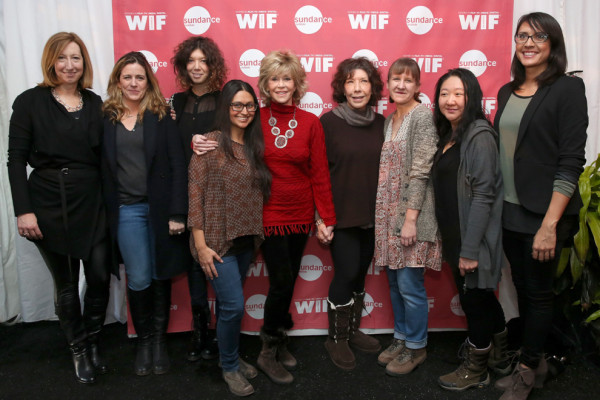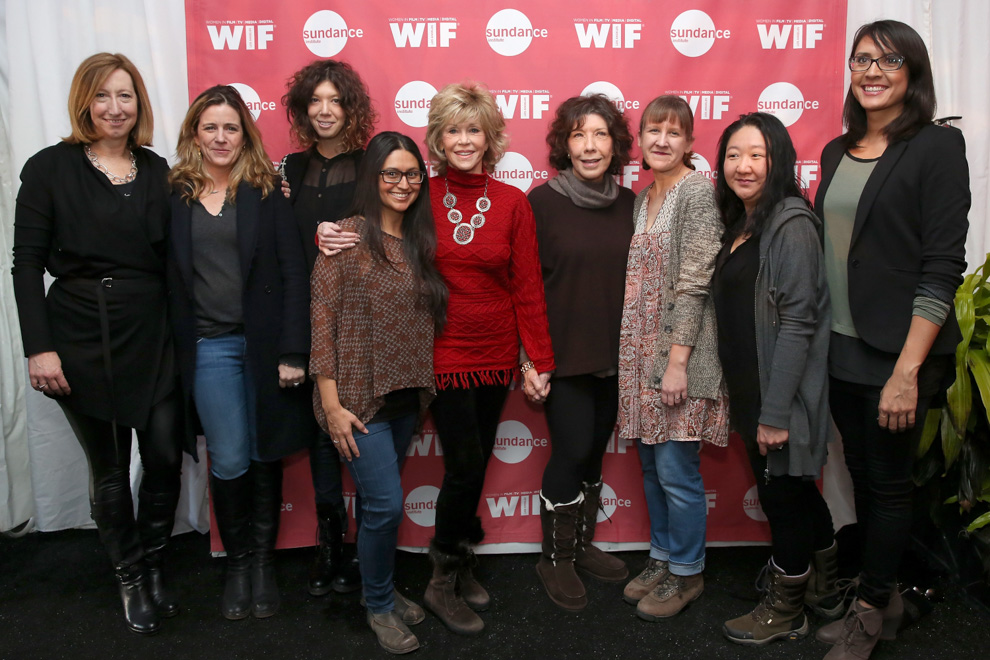
The director’s chair is too often a man’s domain, . This year, the Academy Awards chose not to recognize any female directors, though many critics considered Ava DuVernay (“Selma”) and Angelina Jolie (“Unbroken”) to be favorites prior to the nominations announcement. More jarringly, in the past decade, only 4.4% of top-grossing films have been helmed by women directors. These are the shocking realities of the contemporary cinema and ones that aren’t apt to change anytime soon. Fortunately, the Sundance Film Festival has firmly acknowledged the existence of the so-called “celluloid ceiling” and has, in recent years, made serious strides to fix this ever-worsening problem.
Held each year in Park City, Utah, The Sundance Film Festival is currently endeavoring to become a proverbial “safe space” for female directors. This year, 36% of selected films are directed by women, up 7% from 2014. The Daily has interviewed Stanford Alumni Jennifer Siebel Newsom ’96 about her documentary “The Mask You Live In,” which premiered in Park City, and has reviewed several other female-helmed films.
In addition to the festival’s acceptance of more female-driven pieces, Sundance has also established ongoing programs to combat gender disparities in the film industry. The Sundance Women’s Initiative, the festival’s flagship program, aims to foment mentorship, financing programs, network building, collective impact, and heightened awareness for emerging female filmmakers. Moreover, the initiative provides continued guidance for the procurement of funding for film projects and for the marketing of completed films.
The results have been promising. Female and male directors have been shown to have near-identical rates of completion on film projects — about 40% for both genders.
Regardless of the festival’s efforts, however, there is still room for ample growth. Although research from Sundance and Women in Film (WIF) has shown a steady female presence at the festival, in some categories, the situation is still deplorable. Female directors, for example, have continually had a strong showing at Sundance’s Documentary competition (over 40% this year and in 2013), but constituted only 22.2% of independent narrative film directors. Even more troublesome: Only one out of 10 films in this year’s Sundance NEXT designation (for experimental films) was directed by a woman.
All in all, Sundance is far ahead of its mainstream counterparts in creating gender parity. Nonetheless, even in a receptive environment, like the atmosphere fostered by the annual Park City festival, women still face an uphill climb. With any luck, however, Sundance will continue to combat the “celluloid ceiling” with the same tenacity it has so furiously demonstrated in its recent efforts to bring an end to egregious inequalities in the film business.
Contact Madelyne Xiao at madelyne ‘at’ stanford.edu.
